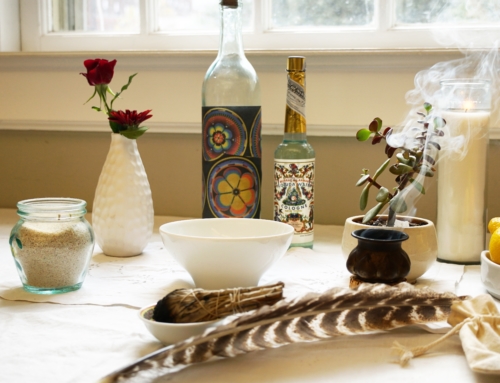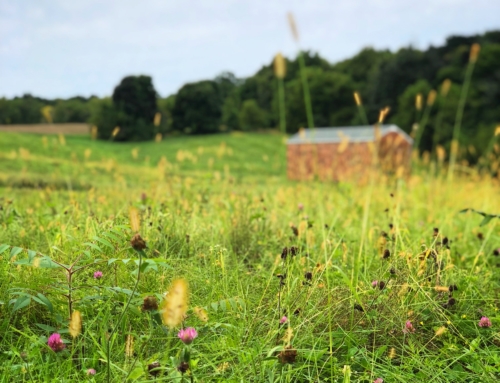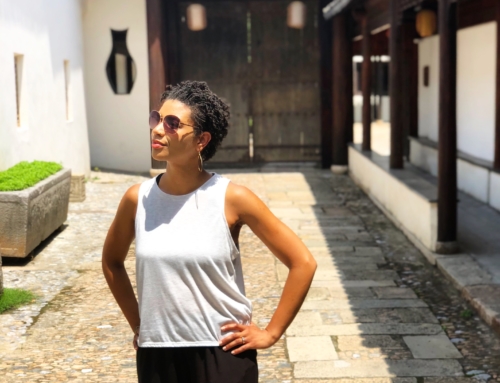I’m relatively new to the Pilates bandwagon. In summer 2015, a mild shoulder issue and concern for my biomechanics at work prompted me to seek help from Cate Vallone, owner and instructor at Evolution Pilates. I was impressed by her thorough evaluation and my shoulder hasn’t given me any trouble since our first appointment. I’ve continued to take classes a couple times a week and often refer patents when they’re ready to transition to active care.
Here’s what I’ve come to appreciate about Pilates, both clinically and personally. And forgive me, as you’ll see, I couldn’t resist the alliteration.
Mindful Movement
In our hectic, time-is-money society, any moment in which you are moving slowly and consciously, aware of the many small and large muscles at work, and allowing your breath to facilitate your movement is basically meditation and will do wonders to minimize your propensity for injury. Practicing mindful movement allows you to identify, feel, and therefore selectively activate specific body parts appropriate for good posture and safe movement.
Supporting Spinal Articulation
As you would expect, I appreciate any exercise that encourages full spinal range of motion. The spine, from a neurological and physiological perspective, acts as a fulcrum about which our body moves and interacts with the environment. Many of us lead lives that encourage movement primarily in one plane, typically forward flexion. Pilates, especially work on the reformer, trains the spine in all planes; and taxes the intrinsic and extrinsic musculature in both their shortened and lengthened positions.
Obliging your Obliques
Among the larger muscle groups that are involved in moving your trunk, the external and internal obliques are often poorly or under-utilized. The external obliques are just that, they form the outermost layer of the side of your abdominal wall. The internal obliques lie beneath external obliques. Both are involved in flexion, side-bending, and rotating the trunk and help to minimize compression on the discs of the spine during those motions. They also counter the action of the diaphragm and facilitate exhalation and digestion.
Leaning on your Lats
One of my favorite outcomes of my Pilates training is the ability to use my latissimus dorsi for their intended purpose. The latissimus dorsi is a broad, superficial muscle covering the majority of your back and attaching to the back of your upper arm. It’s mainly involved in movements of the arms but also participates in backward and side bending of the trunk and provides important support for your shoulders in exercise and daily activities. As a former swimmer, my lats were chronically tight and eager, yet largely unable to come to my assistance for even the most mundane of upper body tasks. This led to chronic dislocation and eventually rotator cuff surgery to stabilize my right shoulder. Lengthening and strengthening through the eccentric work in reformer has significantly improved the way I anchor my arm movements during work and other activities.
Prepping your Pelvic Floor
In addition to their front-line responsibilities of supporting the pelvic organs including the bladder, bowel, and in women, the uterus; they are also an integral part of the team of muscles that work together to control pressure in the abdomen and support the spine and pelvis during movement. Few fitness or health professionals evaluate for or address the state of your pelvic floor. Many of us are walking around in a chronic state of woeful atrophy or dysfunctional tightness. Learning how to selectively activate or relax your pelvic floor to aid breath and movement has greatly improved my posture and my propensity to back pain.
Pilates is an excellent form of exercise and especially ideal if you’re looking to strengthen your spine, prevent injury, or reactivate muscles that may have atrophied from disuse. As with all exercise, good instruction is paramount and the team at Evolution Pilates in South Windsor, CT is bar(re) none.







